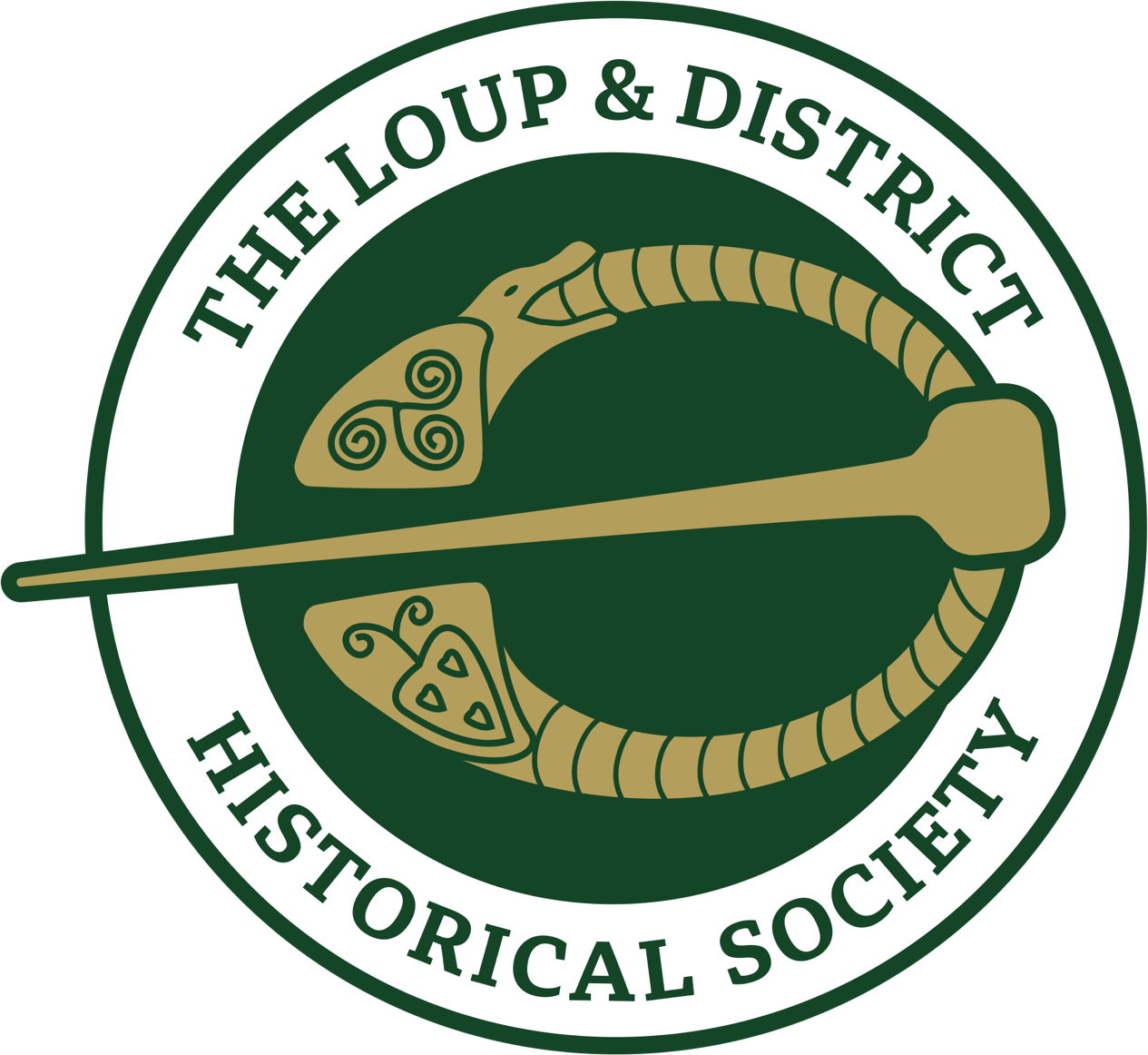The Magherafelt Indoor Registers are interesting too from the point of view of professions and information they contain on the background of those who used the workhouse. Perusing the ‘Indoor Register’ reveals a host of occupations who for one reason or another sought shelter in the workhouse from time to time. They included:
Book binder; hackler; dealer; blacksmith; mill worker; stonemason; wool spinner; rag gatherer; barber; painter; fish woman; pedlar; egg gatherer; cage maker; policeman; stone breaker; iron monger; bricklayer; gardener, and tobacco spinner:
There were those like John Philips, aged 54 a retired sailor, who sought the sanctuary of the workhouse presumably having fallen on hard times. But those like Bella Nesbitt who gave her occupation as a ‘Bible reader’, but was described as ‘blind’, likely needed the assistance offered in the house.
The age of entrant could range from new borns to ninety years of age, and at various times the age profile fluctuated as highlighted already in terms of the Great Famine period. While ‘inmates’ were never asked the reason for seeking admittance (or at least it wasn’t noted on the surviving records) it is possible to deduce why some were there. Eviction was one reason people were forced to seek sanctuary in the workhouse, such as in 1865 when Eliza McEteer and her five children from Bellaghy resided for a short period.
They were more fortunate it seems than Paddy Donnelly, a twenty-five year old labourer from Glebe who entered the workhouse ‘in a dying state’ with consumption in July 1865 and who was dead within a few days.
There was constant fear (because of illness and otherwise) of admitting ‘strangers’ to the workhouse, although they were allowed to enter highlighting that there was compassion on the part of the guardians, master and the clerk. In July 1867 Betty Bell, a sixty-six-year-old ‘stranger’ was allowed to spend her last days in the workhouse, dying nine days after entering.
While the charge of proselytism was often levelled at the guardians of Irish workhouses, there is little evidence of it occurring in Magherafelt. Of those that did convert religion, the reason was not given. They included young Arthur Commiskey, aged eight who converted from the Established Church to Catholicism in the workhouse, perhaps before being adopted.
There was another group of women, described as ‘prostitutes’ and who used the workhouse frequently, often for very short stays. Perusing the ‘Indoor Register’ reveals about five or six women who frequently entered Magherafelt Workhouse. Their plight was particularly tragic, as they were stigmatised both inside and outside the workhouse. In 1851 Margaret Kelly, described as a twenty-five year old prostitute was admitted to the workhouse after she was ‘injured by a beating’. Esther McGinniss and Margaret Moran were others in a similar position.



